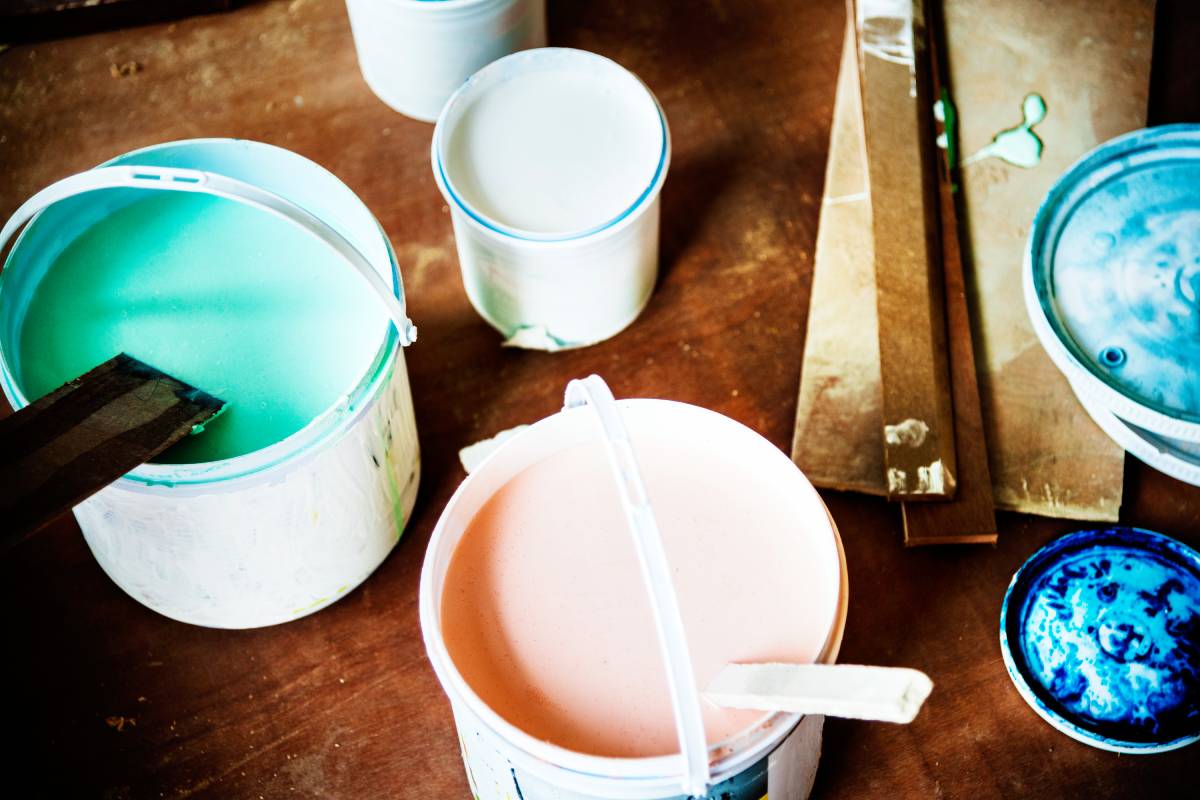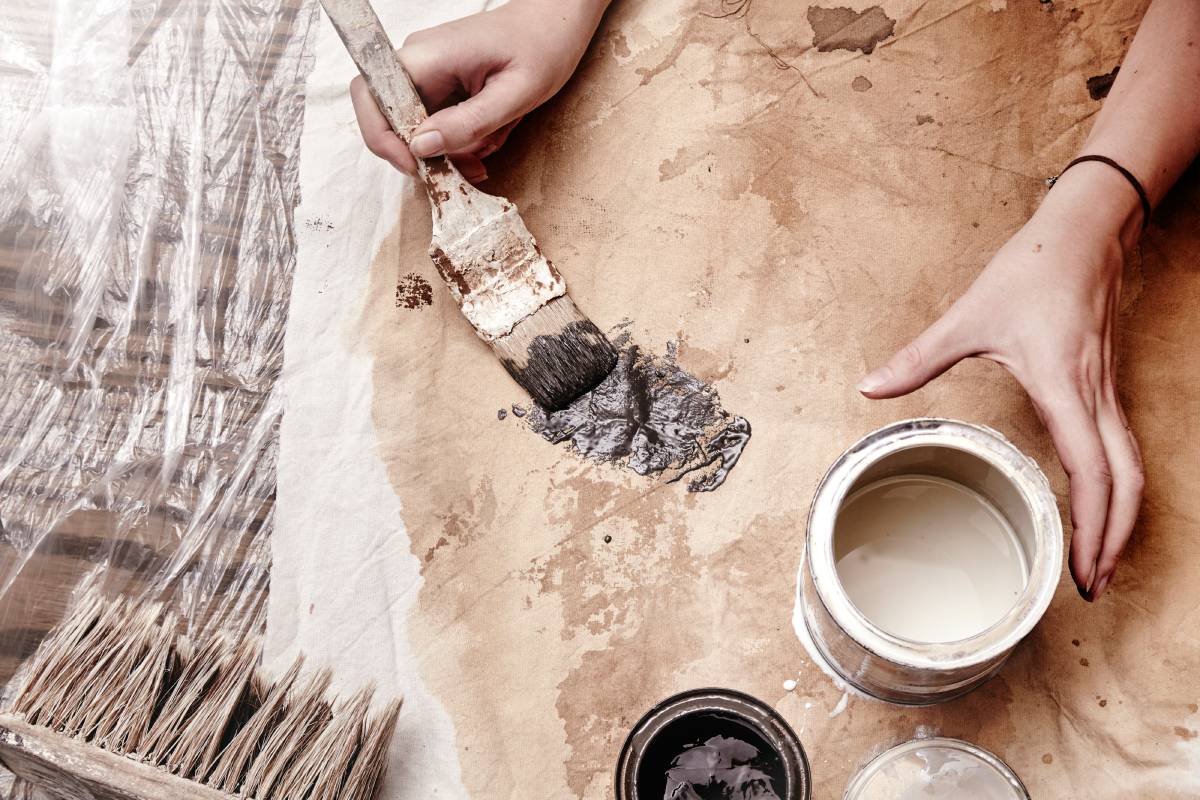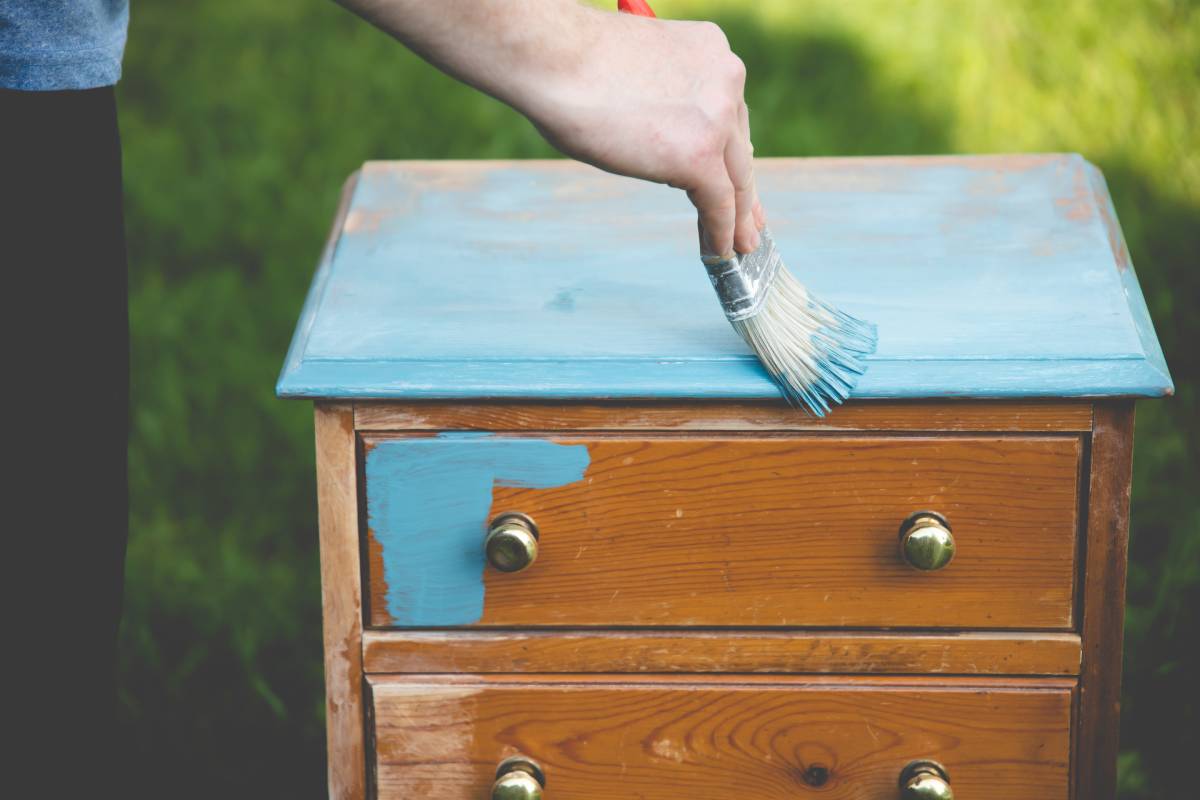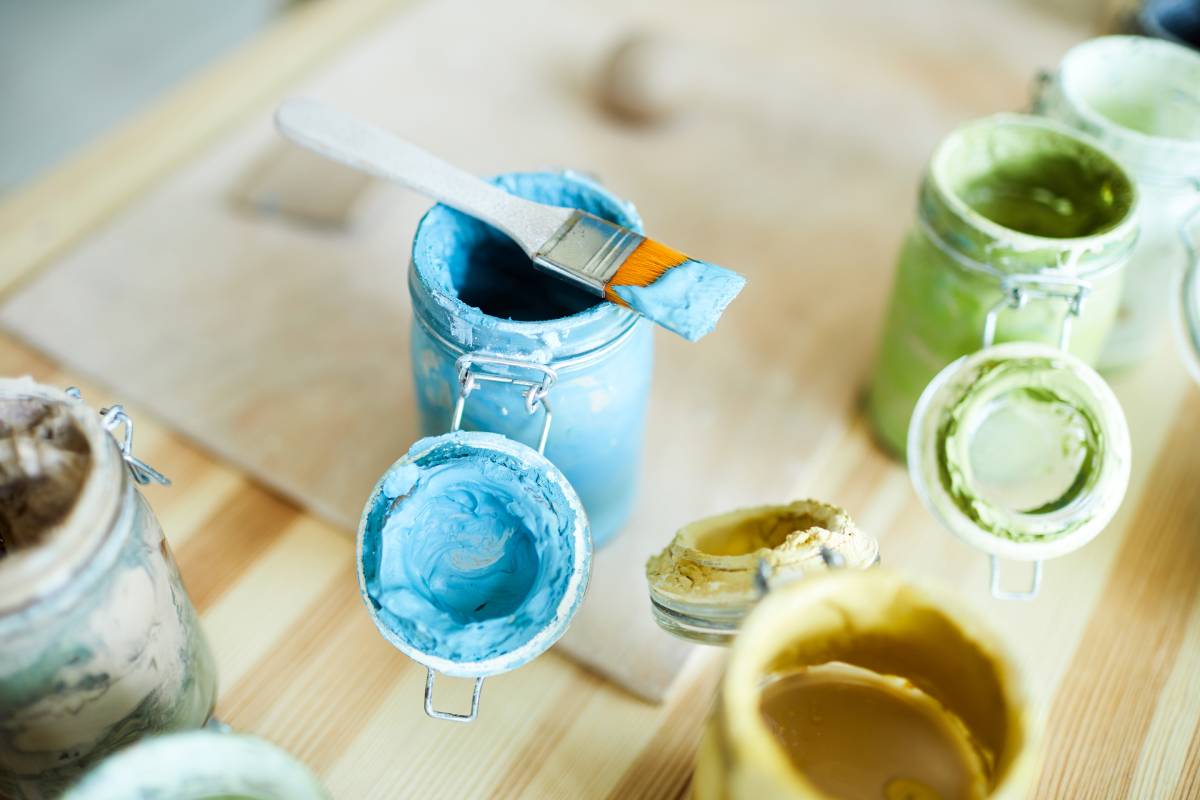
What is chalk paint? Are there any disadvantages of chalk paint? Where to use and not to use chalk paint?
What is chalk paint? Are there any disadvantages of chalk paint? Where to use and not to use chalk paint? Click here for more
With the winter chill settling in, it’s the perfect time to think about sprucing up your home. Revamping tired or outdated items can be incredibly satisfying, and a fresh coat of paint can work wonders in breathing new life into them.
Consider giving that old piece of furniture or decor a makeover with chalk paint. Its vibrant colours and smooth matte finish can elevate any item, adding a touch of elegance to your space. Whether you’re aiming for a vintage vibe or a more contemporary look, chalk paint’s versatility makes it a popular choice. Let’s weigh the advantages and disadvantages of using chalk paint to help you decide if it’s the right fit for your next project.
You might also read:
What is chalk paint?
Chalk paint is a type of paint that has gained popularity for its unique properties and versatility in home decor and DIY projects. Unlike traditional paints, chalk paint has a matte finish and a velvety texture, resembling the look of chalk when dry. It was originally developed by Annie Sloan in 1990, revolutionizing the world of furniture painting and design.
What Makes Chalk Paint Special?
- No Primer Required: One of the main attractions of chalk paint is its ability to adhere to most surfaces without the need for extensive priming or sanding. This makes it a favourite among DIY enthusiasts who want to refurbish furniture or give new life to old pieces without spending hours on preparation.
- Matte Finish: Chalk paint dries to a soft, matte finish, which adds a rustic and charming appeal to furniture and decor. This finish is ideal for achieving a vintage or shabby chic look, but it can also be adapted to suit modern and contemporary styles.
- Easy to Distress: Chalk paint is incredibly forgiving and easy to distress, allowing users to create aged or weathered effects with minimal effort. Simply sanding or using a damp cloth can reveal underlying layers of paint, giving the furniture a worn and lived-in appearance.
- Versatile Application: While chalk paint is commonly used on furniture, it can also be applied to walls, floors, metal, glass, and even fabric. Its versatility makes it a favourite choice for creative projects such as stencilling, decorative painting, and upcycling various household items.
How to Use Chalk Paint:
- Prepare the Surface: While chalk paint is known for its ability to adhere to most surfaces without priming, it’s still important to ensure that the surface is clean and free of dirt, grease, and loose particles. Lightly sanding glossy surfaces can also improve adhesion.
- Apply the Paint: Chalk paint can be applied using a brush, roller, or sprayer, depending on the desired finish and project size. Unlike traditional paint, there’s no need to worry about brush strokes or achieving perfect coverage, as the textured finish of chalk paint adds to its character.
- Allow to Dry: Chalk paint dries relatively quickly, usually within 30 minutes to an hour, depending on environmental conditions and the thickness of the paint layer. Multiple coats may be necessary to achieve the desired opacity and colour intensity.
- Distress (Optional): Once the paint is dry, you can distress the surface using sandpaper or a damp cloth to reveal underlying layers of paint and create a distressed or vintage look. Focus on areas that would naturally wear over time, such as edges, corners, and raised details.
Chalk paint offers a simple and versatile solution for transforming furniture and decor, allowing DIY enthusiasts to unleash their creativity and express their personal style. With its easy application, forgiving nature, and unique matte finish, chalk paint has become a staple in the world of home decor and design, inspiring countless projects and endless possibilities. Whether you’re a seasoned crafter or a novice DIYer, chalk paint is sure to become your new favourite medium for adding charm and character to any space.
Are there any disadvantages of chalk paint?
While chalk paint offers many benefits, there are also some potential disadvantages to consider:
- Limited Color Range: Compared to traditional paints, chalk paint often has a more limited colour range. While this can be appealing for achieving certain aesthetic styles, it may restrict options for those seeking specific or vibrant colours.
- Higher Cost: Chalk paint tends to be more expensive than regular latex or acrylic paints. This higher cost may deter some users, especially for large-scale projects where multiple cans of paint are needed.
- Requires Sealing: Although chalk paint dries to a matte finish, it typically requires sealing with a wax or polyurethane topcoat to protect the surface and improve durability. This additional step adds time and effort to the painting process.
- Not Ideal for High-Traffic Areas: While chalk paint can be sealed for added protection, it may not be as durable as other types of paint, especially in high-traffic areas like floors or tabletops. Over time, the painted surface may show signs of wear, requiring touch-ups or refinishing.
- Texture: The textured finish of chalk paint, while desirable for achieving certain looks, may not be suitable for every project or aesthetic preference. Some users may prefer a smoother finish, which can be achieved with traditional paints.
- Application Techniques: While chalk paint is forgiving and easy to use, achieving certain techniques like smooth brush strokes or blending colours may require practice and experimentation. Beginners may find it challenging to master these techniques initially.
- Not Waterproof: Chalk paint is porous by nature, which means it may not hold up well to moisture or water exposure. While sealing can provide some protection, it’s not entirely waterproof, making it unsuitable for outdoor use or areas prone to moisture.
Overall, although chalk paint provides distinct benefits for certain projects, it is crucial to consider its potential drawbacks in relation to your particular requirements and tastes before determining if it is a suitable option for your upcoming painting project.
Where should I paint with chalk paint? And where is definitely a no-no for chalk paint?
Chalk paint can be used in various areas of your home and on different surfaces, but there are some considerations to keep in mind to ensure the best results:

Where to Use Chalk Paint:
- Furniture: Chalk paint is most commonly used to refurbish or update furniture pieces such as tables, chairs, dressers, and cabinets. Its matte finish and ability to adhere to most surfaces make it an excellent choice for transforming outdated or worn furniture into stylish focal points.
- Decor Items: Chalk paint can also be used to update decor items such as picture frames, vases, trays, and decorative accessories. It’s a great way to refresh these items to match your home’s decor or to give them a personalized touch.
- Walls: While less common than traditional wall paint, chalk paint can be used to create unique accent walls or to add texture and interest to small areas like alcoves or niches. Keep in mind that chalk paint may require sealing for added durability, especially in high-traffic areas.
- Cabinetry: Chalk paint can be used to update kitchen cabinets, bathroom vanities, or built-in storage units. It’s a cost-effective way to give your cabinetry a fresh new look without the need for extensive sanding or priming.
- Kids’ Furniture and Toys: Chalk paint is a popular choice for painting kids’ furniture and toys due to its low odour and non-toxic properties. It’s safe for use in children’s bedrooms or playrooms and can withstand the wear and tear of active play.
Where Not to Use Chalk Paint:
- Outdoor Surfaces: Chalk paint is not recommended for outdoor surfaces such as exterior walls, fences, or garden furniture. Exposure to moisture, UV rays, and extreme weather conditions can cause chalk paint to deteriorate quickly, leading to peeling, fading, or discolouration.
- High-Moisture Areas: Avoid using chalk paint in areas prone to moisture or humidity, such as bathrooms, kitchens, or laundry rooms. While sealing can provide some protection, chalk paint is not waterproof and may not hold up well in these environments.
- Smooth or Glossy Surfaces: While chalk paint can adhere to most surfaces without extensive priming, it may struggle to adhere to extremely smooth or glossy surfaces without proper preparation. Lightly sanding or using a bonding primer can improve adhesion on these types of surfaces.
- Floors: While some people have used chalk paint to paint floors with success, it’s generally not recommended for high-traffic flooring surfaces. Chalk paint may not withstand the constant wear and tear of foot traffic and can show signs of wear over time.
In conclusion
Chalk paint is like the Swiss Army knife of the DIY world. It’s got this cool, matte look that turns any old piece of furniture into a statement piece. It’s super easy to use, too—no need to be a pro. You can take those garage sale bargains and turn them into something that looks like a million bucks. Or get artsy and add a splash of personality to your walls.
Sure, it’s not perfect for everything, but its knack for making things look awesome is why folks can’t stop talking about it. So grab a can and go wild—your home’s about to get a whole lot more you.
